#Indigenous Philippines
Text

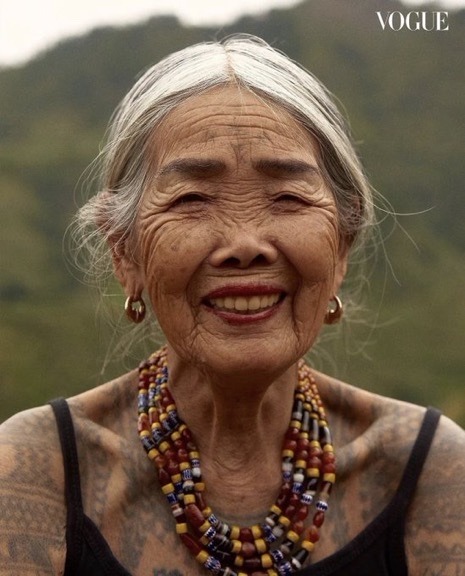



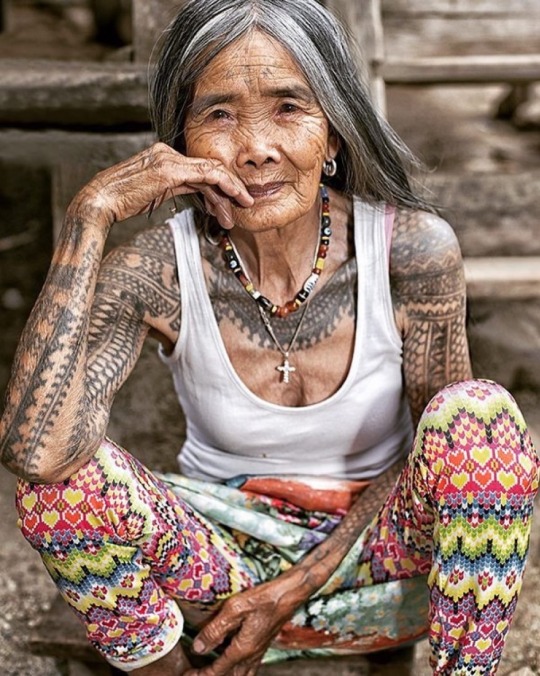
Michelle Dee, Miss Phillipines 2023, wore a dress as a tribute to the last and oldest living Kalinga (Indigenous Filipinos) tattoo artist, Apo Whang Od and her work
#michelle dee#Michelle Marquez dee#Maria Whang Od Oggay#apo whang od#philippines#miss universe#miss universe 2023#filipino#fashion#couture#fashion history#tattoo#indigenous#indigineous people#history#Art history#Vogue#miss Philippines#miss Philippines 2023#mine
8K notes
·
View notes
Text

His Royal Majesty Ampun Sultan Hadji Muedzul-Lail Tan Kiram, 35th Sultan of Sulu and North Borneo, Grand Sayyid of the Royal Order of the Pearl, Head of the Royal House of Sulu.

#Sultan of Sulu#Royal House of Sulu#philippines#sulu#heraldry#Islamic Heraldry#Filipino Heraldry#Tausug#Muedzul Lail Tan Kiram#Sultanate of Sulu#Hashemite#Kiram#Kiram Dynasty#Indigenous Philippines#sayyid#datu#raja#royalty#traditional ruler
0 notes
Text

hay naminhod kun he-a ya maid di kiingngohana (my love for you is beyond comparison)
happy international lesbian day <3
[mlm version]
#igorot#ifugao#ibaloi#philippines#filipino#artph#indigenous#gay#lgbt#lesbian#wlw#sapphic#digital art#original art#original characters#artists on tumblr#bare chest /#animal death /#eembulan#2023#with id#companion piece to my gay mlm igorots drawing! will post together later :)
1K notes
·
View notes
Text
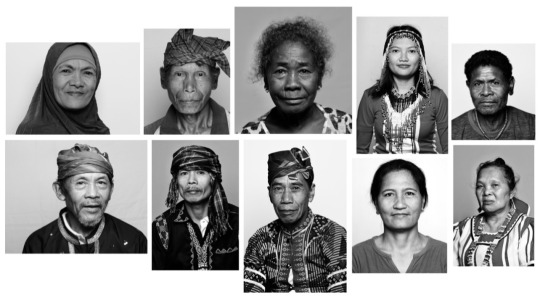
Indigenous Peoples of the Philippines
Photos by Maximilian Larena and Ophelia Casel. Descendants of First Sundaland, Sama, Manobo, and Igorot-related peoples.
204 notes
·
View notes
Text
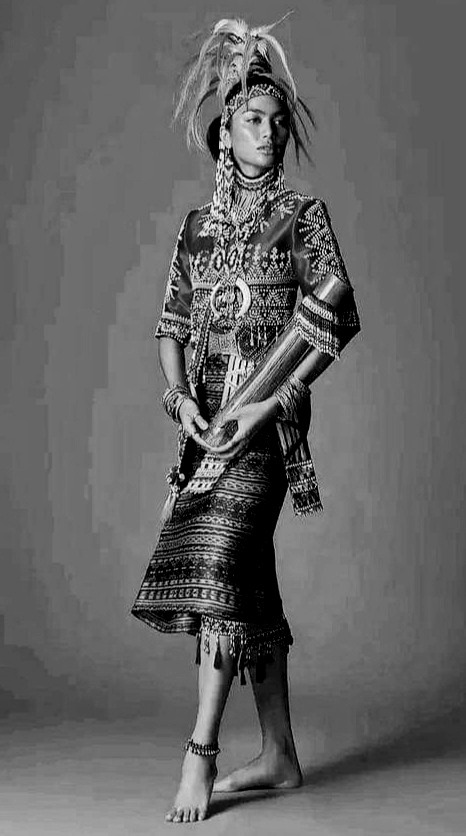
Indigenous Filipina beauty of yore (Bagobo Tagabawa)
599 notes
·
View notes
Text
Located 62km north-east of the capital Manila, Daraitan village in Rizal province is home to about 5,700 residents, a majority of whom are members of the Dumagat-Remontado indigenous people who consider vast hectares of the mountain range as part of their ancestral domain.
But the village may soon disappear under the same waters that give it life, once the Philippine government finishes building the Kaliwa Dam – one of 16 flagship infrastructure projects of former president Rodrigo Duterte that is being funded by China.
The new dam is expected to provide Metro Manila with an additional 600 million litres of water daily once it is finished by end-2026. Officials said building the 60m-high reservoir is even more necessary now that the country is starting to feel the impact of the El Nino weather phenomenon.
But it was only in 2021 under Mr Duterte that construction finally broke ground, three years after Manila and Beijing signed the 12 billion peso (S$288 million) loan agreement.
Of the 119 on the list [of flagship projects of the "Build, Build, Build” infrastructure programme], Mr Duterte turned to China to finance 16 big-ticket projects in a bid to cement his legacy by the time his presidency ended in 2022. He embraced Beijing during his term and even downplayed Manila’s claims in the disputed South China Sea in favour of securing loans and grants from China.
Analysts have criticised Mr Duterte’s infrastructure programme as ambitious. Perennial domestic issues like local politics, right-of-way acquisition problems, lack of technology and red tape in bureaucracy led to severe delays in the projects.
The same issues hound the China-funded projects – which come under Beijing’s Belt and Road Initiative (BRI) to build infrastructure in developing nations – with the problems made more severe by Beijing’s high interest rates in its loan agreements and local backlash due to displacement of residents or potential environmental damage.
Critics say the BRI has been detrimental in the long run to some recipient countries, especially those that have been unable to repay their loans, like Sri Lanka and Zambia.
The Duterte government’s failure to take advantage of its BRI loans was a “missed opportunity” for the Philippines, said infrastructure governance specialist Jerik Cruz, a graduate research fellow at the Massachusetts Institute of Technology.
The four completed China-funded projects under Mr Duterte were controversial too. But they came to fruition because they had the support of local politicians allied with Mr Duterte and therefore increased his political capital, said Dr Camba.
Tribal leaders said they were not properly consulted regarding the project that threatens their traditional way of life. Environmentalists from the Stop Kaliwa Dam Network also say the project would destroy 126 species of flora and fauna in the Sierra Madre.
The Philippines’ Indigenous Peoples’ Rights Act states that the government must first secure a tribe’s free, prior and informed consent before building on its ancestral lands.
But Ms Clara Dullas, one of the leaders of the Dumagat-Remontado in Rizal, alleged that the Duterte government had either misinformed or pressured other tribe members into giving their consent.
She could not bear to hold grudges, though, noting that the Dumagat-Remontado organisations that eventually agreed to the Kaliwa Dam were each given 80 million pesos, or $1.9 million, in “disturbance” fees.
“The Kaliwa Dam is the reason why our tribe is divided now. There is a crack in our relationships even if we all come from the same family,” said Ms Dullas. “I can’t blame the others because we lack money. I believe there was bribery involved.”
The government requires them to present identification documents, and only those given passes may enter. Mr Dizon said this is to ensure that no unidentified personnel enter the area [close to the construction zone].
“We feel like we are foreigners in our own home because the Chinese and the people in our own government are now preventing us from entering the lands where we grew up,” said tribe leader Renato Ibanez, 48.
Mr Ibanez also accuses the Philippine authorities of harassing tribe members who are vocal against Kaliwa Dam. Some of them have been accused of working with communist rebels, a charge the tribe vehemently denies.
Unlike his predecessor, Mr Marcos is more aggressive in defending Manila’s overlapping claims with Beijing in the South China Sea, but still fosters economic ties with it.
Geopolitical tensions between the two nations and Mr Marcos’ stance towards Beijing are going to dictate the fate of the pending China-funded projects the President inherited from Mr Duterte, said Mr Cruz.
Tribe members said they would be more amenable if Mr Marcos would revisit Japan’s proposed Kaliwa Intake Weir project that Mr Duterte had set aside.
“We like Japan’s proposal. It would not destroy our forests. It would not affect residents here. The Philippines would not be buried in debt,” said Ms Dullas.
This was among the alternatives the Dumagat-Remontados offered during their nine-day march in February 2023, when some 300 members walked 150km from Quezon and Rizal all the way to Manila to protest against the Kaliwa Dam.
But they failed to secure an audience with Mr Marcos. They remain wary of the President’s position on the Kaliwa Dam and other controversial China-funded deals.
“As much as we want to fully pin our hopes on him, we don’t. We’ve learnt from past efforts to trick us, make us believe a project is about to end, only for it to be resurrected again years later,” said Ms Dullas.
2024 Mar. 3
#philippines#indigenous rights#dumagat-remontado#state violence#red tagging#infrastructure#environmental issues#afp-pnp
53 notes
·
View notes
Text
INDIGENOUS GROUP IN THE PHILIPPINES PART 1 PART 2 AND 3

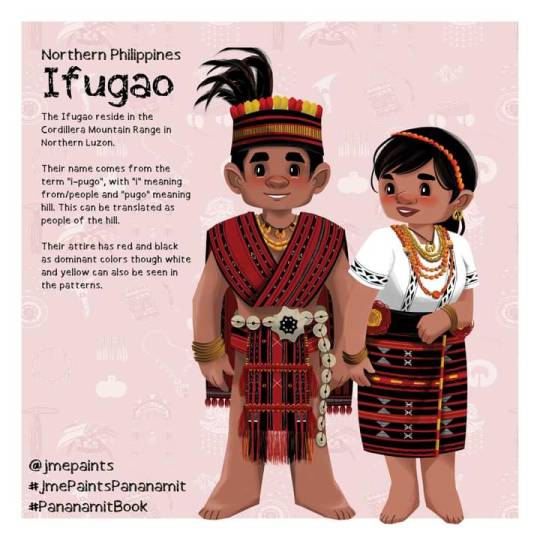


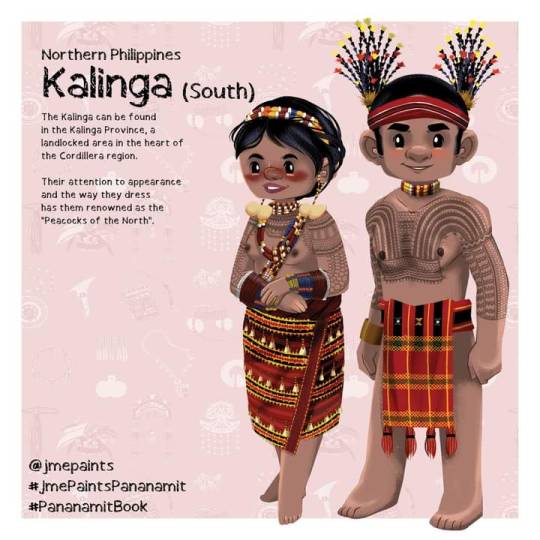

Photos are not mine: sharing here on tumblr to showcase more of ph culture. No plagiarism intended. All works belong to The Art of Jme Foronda . Click the photos for clearer quality
1K notes
·
View notes
Text
The portrayal of the precolonial and early colonial women babaylan as oppositional to patriarchal colonization configured them as protofeminists... Mangahas claims that whereas the women babaylan were annihilated, assimilated, or compromised by the colonial order, the power of Philippine women was not fully lost... Many present-day women professionals, mostly from urban and/or diasporic middle-class backgrounds, have been attracted to the image of the babaylan and have ascribed the babaylan title to themselves... These developments have inspired many in the face of ongoing violence and discrimination against women, immigrants, and other minorities, in domestic and work places, in the homeland and in the diaspora.
Scholars like Zeus Salazar, however, observe the alienation between what he calls the "babaylan of the elite and the babaylan of the real Filipino [who] still sit with their backs against each other." Salazar warns that the "Babaylan tradition could be co-opted by new-age type spirtuality-seeking affluent, middle class Filipinas whose end goal is individual spiritual enlightenment.
...Not a few have pointed out the problem of extracting the babaylan title as though it were a commodity to be acquired without first going through Indigenous channels and protocols... To abstract the title from the process and relationships just because one is attracted to images of Indigenous women that converge with feminist models or because one has the privilege to do so is facile and demonstrates a lack of respect for Native ritual specialists and their communities.
- Babaylan Sing Back by Grace Nono
#philippines#indigenous#precolonial#postcolonial#history#yes yes yes finally someone said it#early on in my precolonial philippine research#i kept coming across these websites and articles about how we should embody our inner babaylan#and it felt so strange that most of the writers of these pieces were diasporic and actually had no babaylan training#it just felt so... exploitative to me#i'm so glad to hear that scholars have been criticizing this movement all along
38 notes
·
View notes
Text






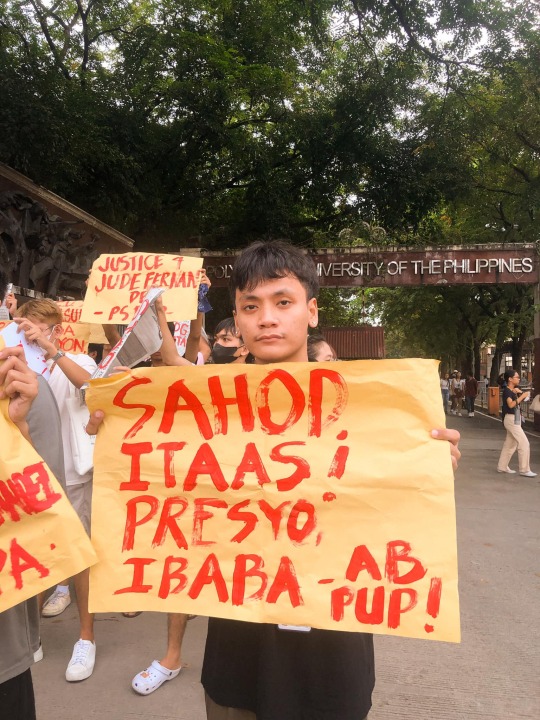
League of Filipino Students (LFS) PUP joined forces for a lightning rally at the Polytechnic University of the Philippines to condemn the ruthless killing of labor leader Jude Fernandez from Kilusang Mayo Uno and the news of the kidnapping of three youth leaders, Alia Encela, Job David, and Peter del Monte.
Karapatan Southern Tagalog confirmed that the killer 203rd Infantry Brigade and the 4th Infantry Battalion have been holding the three young IP advocates in Bansud, Oriental Mindoro for two weeks.
Meanwhile, Jude Fernandez was shot in his own home in Binangonan, Rizal by the fascist PNP-CIDG. Jude Fernandez is a well-known labor leader who is organizing and fighting for the right to work and liveable wages.
We join the scholars of the people in calling for justice for all workers murdered by the US-Marcos-Duterte regime, and the immediate release of the three youth leaders.
Justice for Jude Fernandez! Free Alia, Job, and Peter! Stop the attacks on the people!
-- League of Filipino Students PUP, 4 Oct 2023
#league of filipino students#youth activism#manila#philippines#oriental mindoro#rizal#labor rights#indigenous rights#anti fascism#murder m /
34 notes
·
View notes
Text
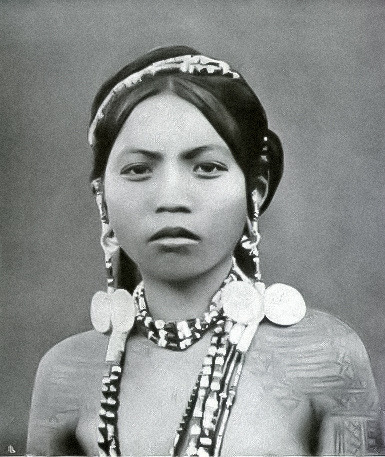



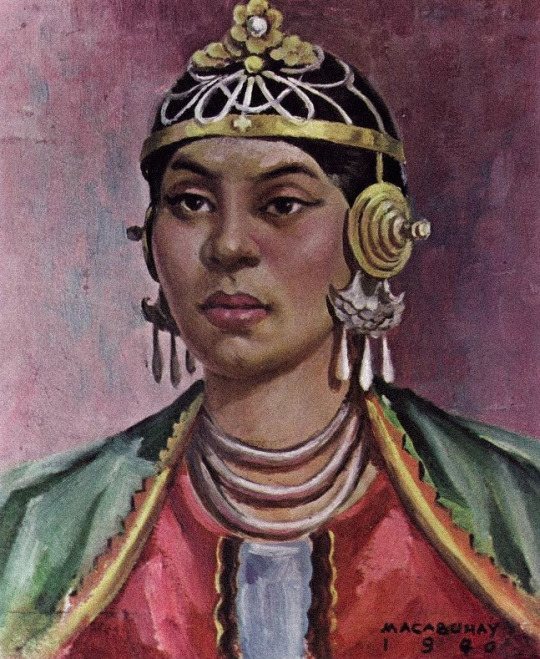
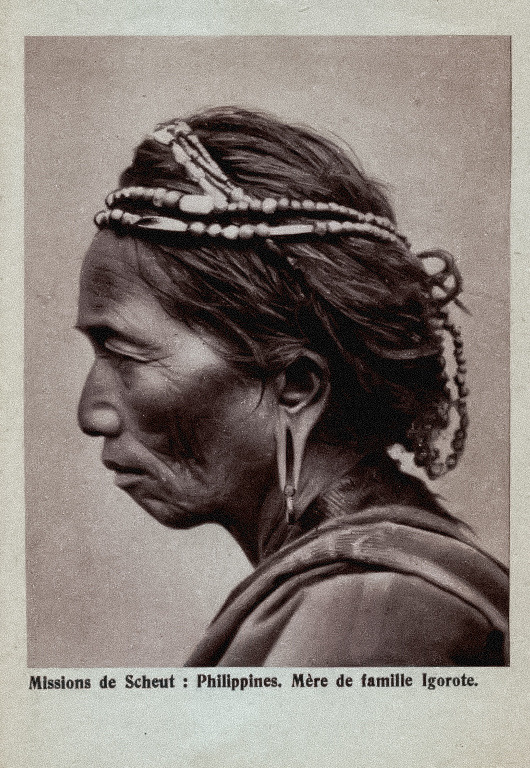
“It's in our blood to adorn ourselves with tattoos and embroidery, beads and gold.”
(Stephanie Gancayco, ‘Hella Pinay’ — 28/03/2017)
#venuscore#philippines#precolonial philippines#filipino culture#filipino#pinay#indigenous#tattoos#gold jewelry#painting#archeology#history#feminism#moodboard
11 notes
·
View notes
Text
Indigenous tribes of the Philippines and cultural appropriation
There are one hundred and ten (110) major Indigenous groups in the Philippines. If you think you can just pick and choose beliefs from groups to suit you and you are NOT a part of those indigenous groups, you are straight up appropriating our culture.
Most tribes that have survived, do not have legal recognition over their own traditional lands or have access to natural resources in their communities. The last thing they need is for some misinformed entitled non-native born bastardising their cultural beliefs and practices.
Reconnecting involves staying in your lane and respecting that some things are just not for you. I appreciate and thoroughly enjoy reading about other tribes and what they do, but if it's not a Tagalog or Ilokano custom, belief or practice - they are not for me.
Bahala na talaga
(Reposted from birb app 🐤)
#Indigenous Filipino Tribes#Ilokano#Tagalog#pre colonial philippines#filipino culture#pinoy culture#filipino witch#filipino witchblr#filipino witches#pinoy witch#pinoy witches#pinoy witchblr#witchcraft#my tweets
35 notes
·
View notes
Text
A small sampling of the murals on the parking levels of SM City in Baguio, Benguet, Philippines, depicting the various indigenous peoples of the area.
87 notes
·
View notes
Text

karamak taytayni (don't leave me)
[wlw version]
#file name for this was titled 'gay igorots' btw. if you care#igorot#ifugao#ibaloi#philippines#filipino#artph#indigenous#gay#lgbt#digital art#original art#original characters#artists on tumblr#bare chest /#animal death /#eembulan#2023#with id#mlm
510 notes
·
View notes
Text
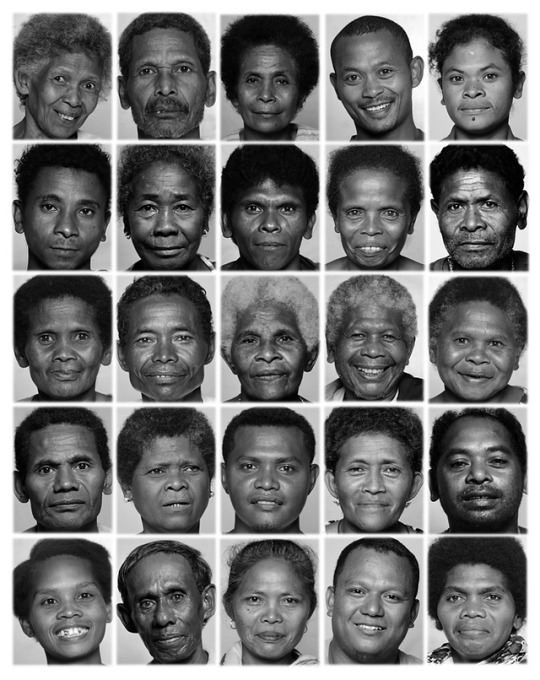
The faces of Aeta peoples. Photos by Ophelia Persson, from “DNA study reveals evidence for the presence of Islander Denisovans in the Philippines” (2021) by Larena Lab, Uppsala University.
Aeta is often used as an umbrella term referring to specific ethnic groups in the Philippines distinguished by their much darker complexions and often curly- to kinky-textured hair, such as the Batak of Palawan and Mamanwa of Mindanao. Due to their distinct physical appearances they are commonly misidentified as modern-day descendants of prehistoric Africans who managed to find their way to the Philippine archipelago in Southeast Asia. In reality, they are descended from the same major populations non-Aeta Filipinos are also descended from, i.e., First Sundaland People and later Austronesian migrants.
Today, Aeta peoples are a recognized albeit underserved minority alongside other (non-Aeta) Indigenous Peoples of the Philippines.
108 notes
·
View notes
Text

Indigenous (Kalinga tribe) Filipina beauty of yore
#art#photography#portrait#filipina#pinay#kalinga#brown sugar#melanin#indigenous#philippines#filipiniana
621 notes
·
View notes
Text
Hundreds of families belonging to the Dumagat tribe lambasted the Department of Environment and Natural Resources for its failure to protect the Upper Marikina River Protected Landscape [UMRPL] and their ancestral domain from land grabbers masquerading as environmental advocates.
Alex Bendaña, chieftain of the Dumagat-Remontado group in Sitio San Ysiro, Barangay San Jose, Antipolo City, expressed fear over what he claimed as an aggressive effort to shoo them away from their “home” in view of moves to abolish the Indigenous Peoples’ Rights Act.
A check on the records showed that the UMRPL alone accounts for 26,126 hectares. However, continued forest and habitat degradation, caused mainly by illegal tree cutting, construction of residential subdivisions and establishment of commercial establishments effectively reduced the watershed area by at least 408 hectares a year.
As for the Dumagat-Remontado ancestral domain, the group said that their area has been slashed by more than half following the memorandum of aggreement entered into by the late DENR Secretary Gina Lopez with the Blue Star Construction and Development Corporation (later renamed as Masungi Georeserve) in 2017.
2024 Jan. 19
10 notes
·
View notes